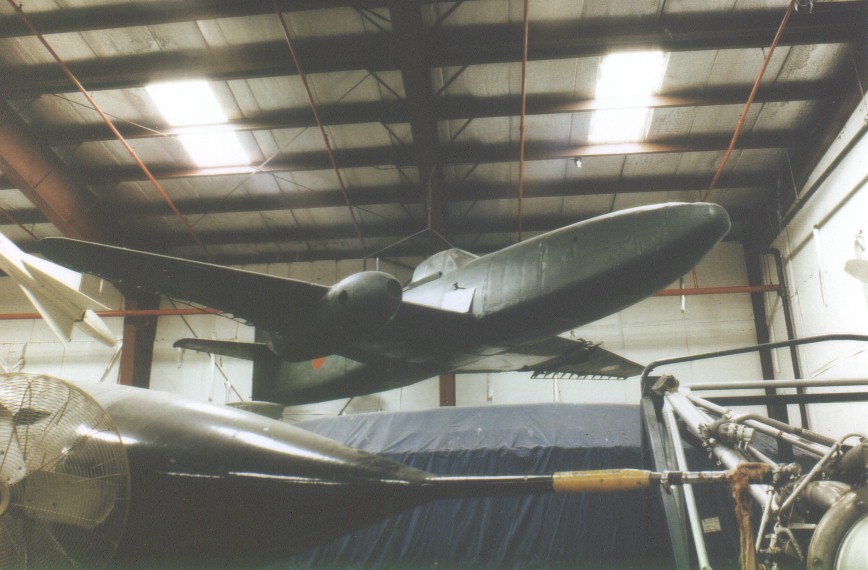 Japan was not a nation blessed with many natural resources as was the U.S., and other enemies of that nation. In order to secure those additional raw materials, such as rubber, tin, and petroleum, among others, the war leaders decided that conquest of other nations was a solution, and began by attacking China, which in actuality was the (early) start of the war.
Japan was not a nation blessed with many natural resources as was the U.S., and other enemies of that nation. In order to secure those additional raw materials, such as rubber, tin, and petroleum, among others, the war leaders decided that conquest of other nations was a solution, and began by attacking China, which in actuality was the (early) start of the war.At the time, China was a virtual colony for many European nations, including England, France, Netherlands, and the US as well as Japan. Other colonies in Asia included Vietnam for France, Philippines for US, Indonesia for Netherlands, and so on. As the great powers competed for regional interests, Japan was quickly gaining ground from obtaining German concessions after participating on the allied side in WWI. The United States did not view Japan's intrusion into China as favorable to its own interests in the area, and thus economic frictions between US and Japan arose. At the time, Japan relied 80% of its resources, including oil, indispensable at the time, to the US. The US began throttling its exports to Japan, and pressured its allies to do the same (such as the Netherlands and Mexico, which Japan sought to purchase oil as alternative sources). The friction reached its height when the US stopped all exports to Japan under the Export Control Act on July 31, 1940 after freezing all Japanese assets in the US, virtually cutting off all of Japan's access to resources. 4 months later, Japan decides to attack the United States on Pearl Harbor.


4 comments:
I think it's useful to see how the propaganda is done, and what the limits are. They tell us a story, but we still have access to the original story. When you see two completely independent naratives for the same events, you know they've changed something.
http://www.youtube.com/watch?v=z_KmNZNT5xw
General Norman Schwarzkopf was on a documentary that I saw about a year or so ago talking about how the US pushed Japan into the war. The documentary took a long historical view going back to the end of WWI and the contest for oil resources in the Pacific. Good stuff.
A definitive discussion of this is in the first 100 pages of "Flyboys" by James Bradley (400 pages). It traces the history of Japan from its beginnings up through WW2. Is particularly descriptive of the heritage and mindset that that caused Japan to believe conquering the USA would be no problem...
Jingos like Tojo thought attempting to conquer the USA was a good idea. Admiral Yamamoto, OTOH, had attended Harvard, giving him some personal experience with the US and Americans. And he was obviously a military expert. Yamamota thought, from the very moment he was asked to plan the attack, that it was sheer folly.
Post a Comment